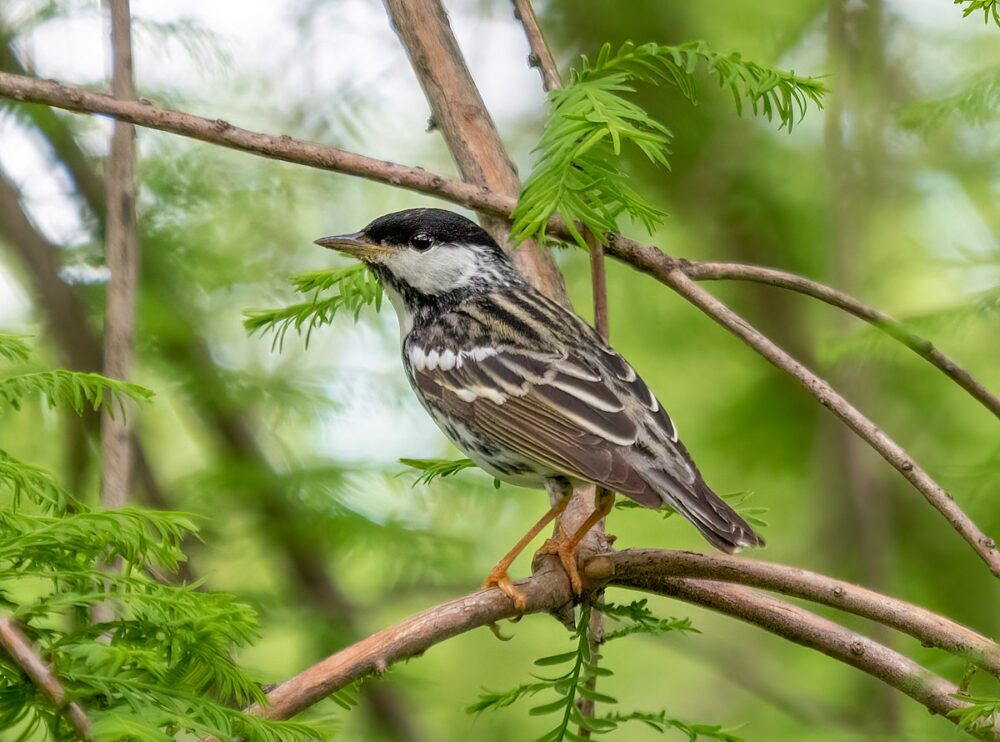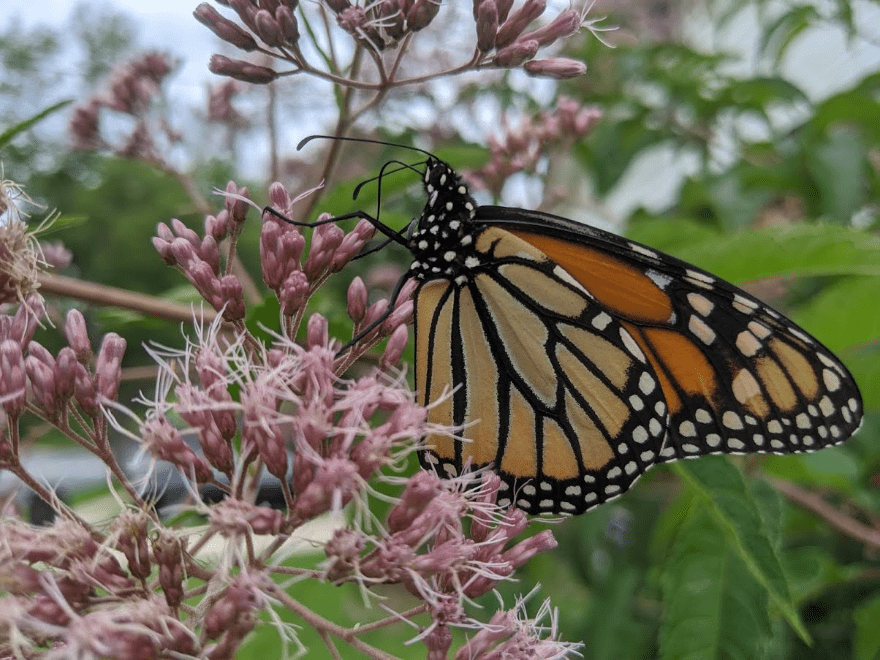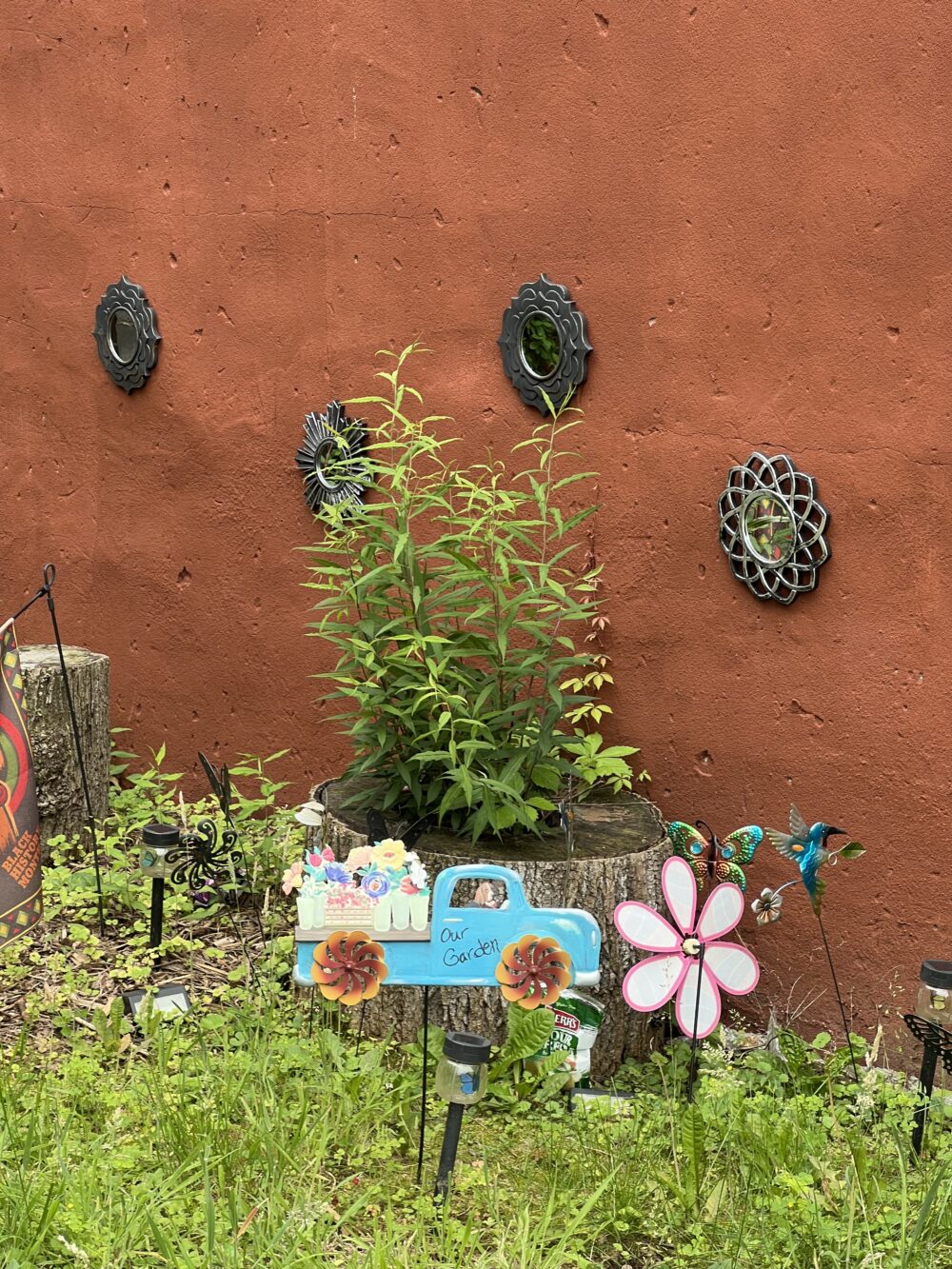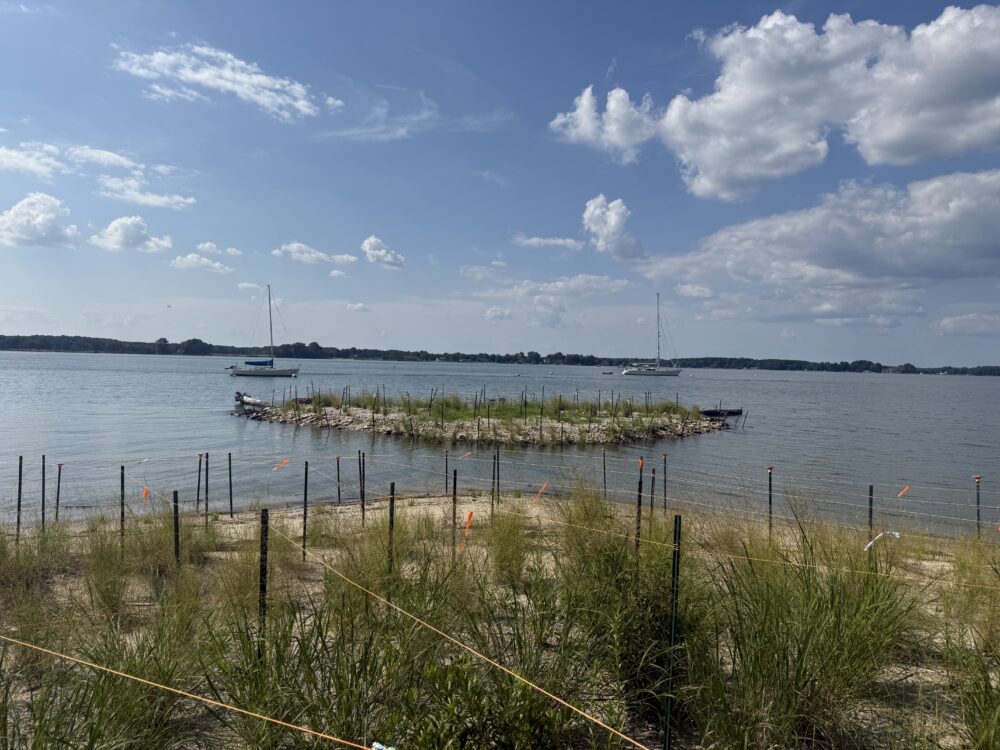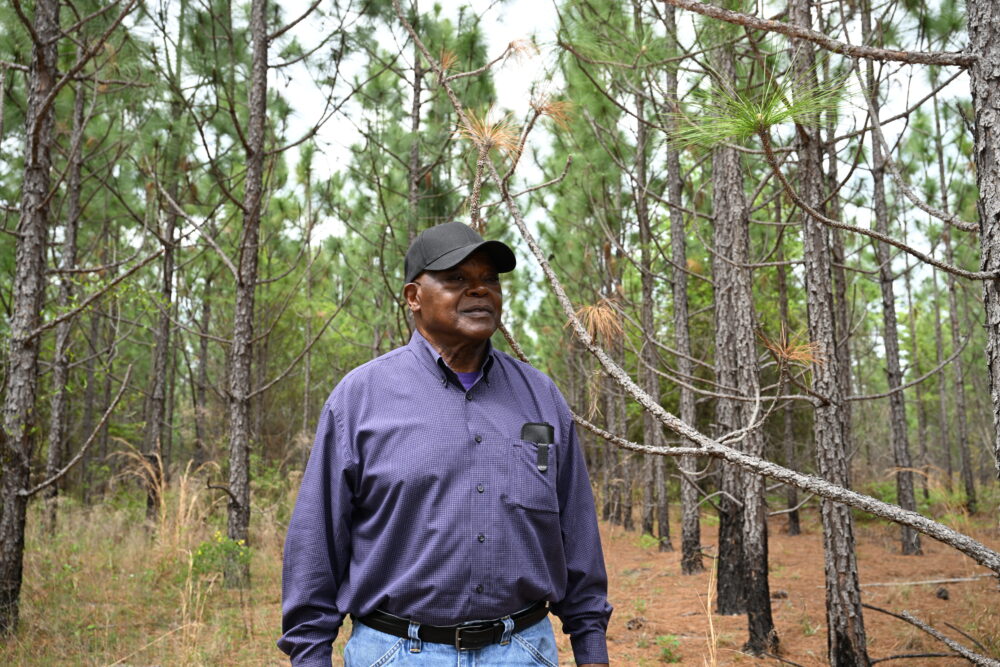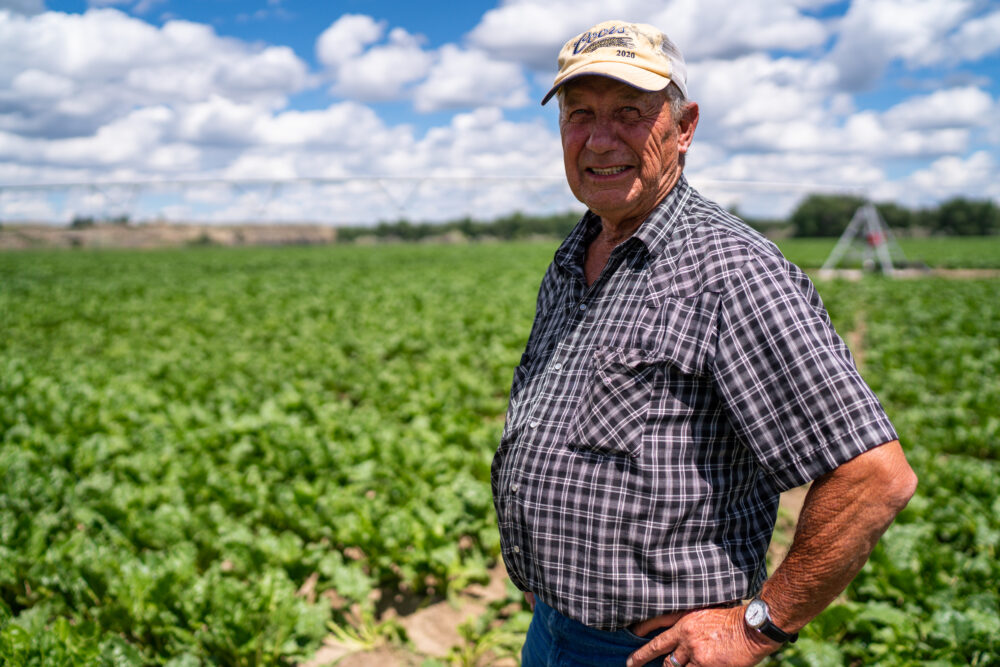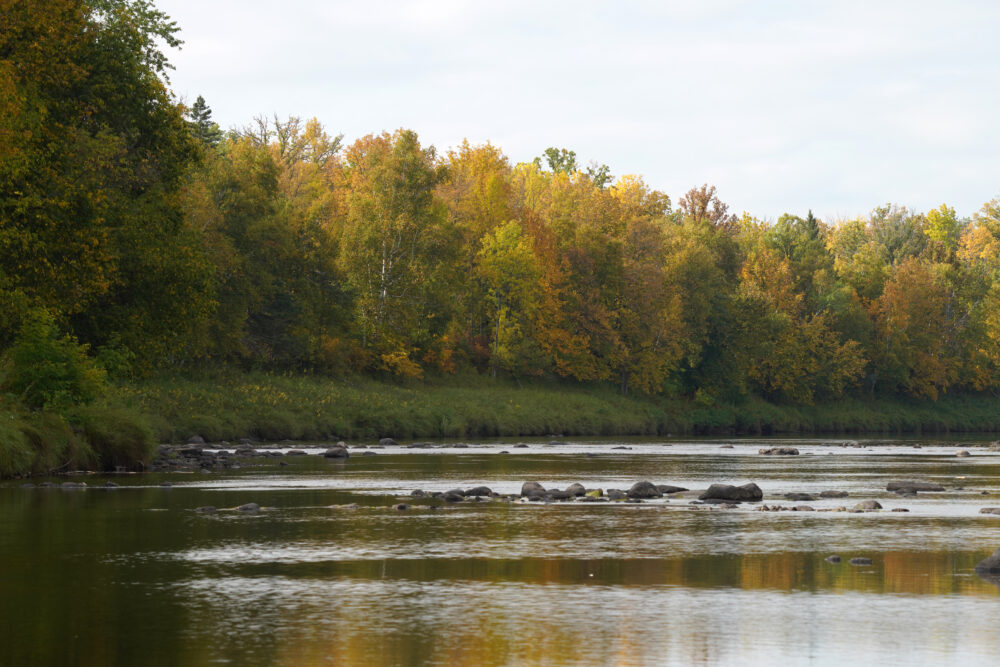We have much more to do and your continued support is needed now more than ever.
4 Ways Congress Can Create Fire-Resilient Communities

Wildfires in the American West have become increasingly frequent and intense since the 1980s, and the average wildfire season today is 78 days longer than it was thirty years ago. Climate change is fueling this dangerous pattern, which has disastrous implications for people and wildlife alike. The good news is we can confront the threat of megafires through smart policies that help address climate change. Read more to learn about four ways we can create fire-resilient communities.
What does climate change have to do with wildfires?
Sweltering heat waves, torrential downpours, smoggy skies, and supercharged hurricanes are increasingly common and severe in a warming world. Many natural disasters are becoming more dangerous due partly to climate change, and their far-reaching impacts have negatively affected people and wildlife across the United States. In particular, wildfires in the American West are burning hotter, growing bigger, and igniting more frequently.
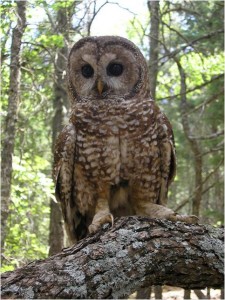
A recent report by the National Wildlife Federation identified the main effects of climate change on wildfires as an increase in fuel (forest vegetation) dryness, earlier spring snowmelt, higher temperatures throughout the seasons, and increases in evapotranspiration (how much water is released by vegetation into the atmosphere). And to top it all off, the report found that megafires actually contribute to climate change. As they burn, they release large quantities of carbon into the atmosphere and destroy carbon sinks like trees and ground vegetation – which fuels more intense megafires in the future.
But aren’t some fires good for the environment?
Regular and properly managed forest fires can actually be healthy for the environment. They remove dead vegetation that – if allowed to build up – could fuel megafires that would burn out of control. Prescribed fire can be used to periodically burn the woods to keep these forest fuels at an appropriate and manageable level. These good fires can also:
- minimize the spread of pest insects and disease
- remove unwanted tree and plant species that crowd out and threaten native species
- create and maintain important wildlife habitats rich in grasses and forbs
- promote the growth of trees, wildflowers and other various plants.
In this way, “good fires” can help to restore habitat for native flora like longleaf pines, and reduce the spread of invasive species. By reducing the risk of megafires in the future, they also protect habitat for vulnerable wildlife and keep wildlife from being trapped in megafires with no escape. And, reducing the risk of megafires also reduces risk of severe devastation for local communities.

What can Congress do to create fire-resilient communities?
National Wildlife Federation’s recent report on megafires uses science-based solutions to offer four ways to fight the effects of climate change on megafires and create fire-resilient communities.
- Ensure adequate and dependable wildfire funding
Funding is essential to supporting resources needed to properly manage and respond to wildfires. The federal government should provide sufficient funding for federal agencies to respond to wildfires, recognizing the growing average annual cost of firefighting, increase funding for proactive restoration and fire risk reduction programs, and ensure that this funding is not taken from existing conservation programs. Recent passage of a “fire funding fix” will help end use of conservation funds to fight fires, but now greatly increased resources are needed to restore and improve the health and resilience of our national forests. - Accelerate restoration projects and improve forest management
In addition to fighting fires, Congress and the Forest Service need to prioritize restoration projects to improve forest resilience, increase wildlife populations, and promote watershed health. We also need to carry out more prescribed and managed burns in fire-adapted forests, and improve environmental review processes to better manage at-risk areas. - Prepare for changing climatic conditions and far more frequent and severe wildfires
As the climate continues to change and average global temperatures continue to rise, we need to prepare for the effects of a changing climate and adapt to new conditions. Policy makers should integrate climate adaptation principles into forest management and restoration efforts to ensure they are designed for future, rather than past, climatic conditions and promote sustainability and resilience of forest resources. Additionally, we should encourage wild land communities to incentivize new housing in areas of lower fire risk, promote or mandate the use fire-resistant building materials, and adopt other fire-smart approaches for reducing wildfire risk. - Reduce climate-altering carbon pollution
Some climate change may be inevitable, but we still have the power to reduce its effects by drastically reducing our emissions of climate-altering carbon pollution. We need to manage forests on federal lands in ways that promote continued capture and storage of carbon, and foster financial incentives and markets to encourage carbon sequestration on private forest lands. Congress also needs to implement common sense safeguards—like pricing of greenhouse gas emissions from power plants, vehicles, and oil and gas facilities—to protect public health and wildlife from climate impacts.
Learn more about how we can take action in the era of climate change.
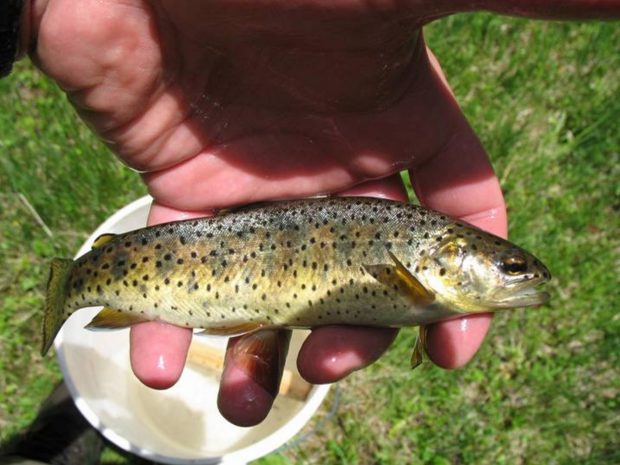
What can I do to protect people and wildlife from climate-fueled megafires?
When the greatest challenge to climate action is political inaction, it can feel daunting to be an individual in the climate fight. However, there is plenty you can do to fight climate change and prevent the worst effects of climate-fueled megafires in your community. Contact your representatives to make your voice heard, educate your community on the solutions we proposed above, and support organizations like National Wildlife Federation that are working to fight climate change and promote conservation.
Please consider making a donation to support our work fighting climate change for people and wildlife and our other critical conservation work.
Donate!






